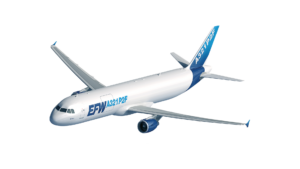GE Global Research presented new research findings on its nanotextured anti-icing surfaces. In addition to dramatically reducing ice adhesion, these surfaces now have been shown to significantly delay the onset of ice formation in simulated
atmospheric icing conditions. The team’s findings were presented at the APS’ 2012 March Meeting. According to the Environmental Protection Agency (EPA), an estimated 25 million gallons of deicing agents are applied to aircraft taking off from U.S. commercial airports each year. In addition, airlines have robust energy intensive heating systems on board to prevent ice formation on airplanes. Compared to standard surfaces, where ice would form almost immediately without the use of these systems, GE’s nano-enabled anti-icing surfaces would delay ice formation for more than a minute on their own.
“Today, airlines and other industry sectors spend hundreds of millions of dollars each year on de-icing and other anti-icing measures,” said Azar Alizadeh, a materials scientist at GE Global Research and project lead on the anti-icing surfaces program. “We have successfully engineered new nano surfaces and coatings that readily shed ice and also significantly delay ice formation under extreme conditions. These technologies could one day reduce and possibly even eliminate the need for existing anti-icing measures, maintaining safety while also saving businesses and consumers time and money.”
Alizadeh noted that GE is exploring potential applications of low ice adhesion and anti-icing surfaces and coatings across the company’s business portfolio. One example is wind turbines, where icing on wind blades can create a drag on their rotation. This can greatly diminish the power generating capacity and efficiency of the turbine.





























